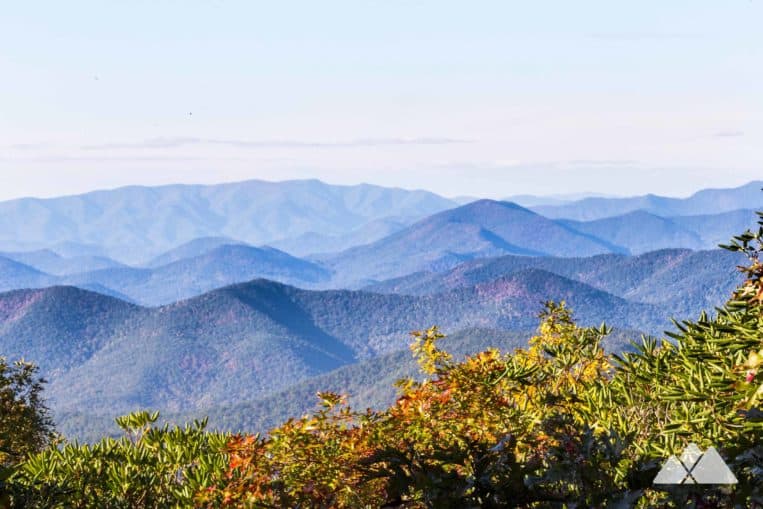
Hay viajes que uno planea con mapas abiertos y reservas hechas con meses de anticipación. Y hay otros, más íntimos, que se dibujan en la mente mucho antes de poner primera. Así fue mi ruta por Georgia: un road trip que arrancó en el pulso vibrante de Atlanta, siguió entre montañas rumbo a los Smoky Mountains y se estiró hacia Nashville, con una parada inesperada pero inolvidable en Cartersville para explorar uno de esos tesoros culturales que rara vez figuran en las guías: el Booth Western Art Museum.
Atlanta me recibió con esa mezcla de ciudad sureña y cosmopolita que tan bien sabe equilibrar. Pisar el Centennial Olympic Park, imaginar la euforia de aquellos Juegos del 96, perderse entre rascacielos que no intimidan, porque Atlanta es de esas urbes grandes con alma de pueblo. Allí todo remite a historias de lucha y reinvención: Martin Luther King Jr., el acuario más grande de América, la casa de Coca-Cola, la escena gastronómica que nunca se duerme. No hay urgencias en Atlanta, solo ganas de que cada esquina cuente algo.
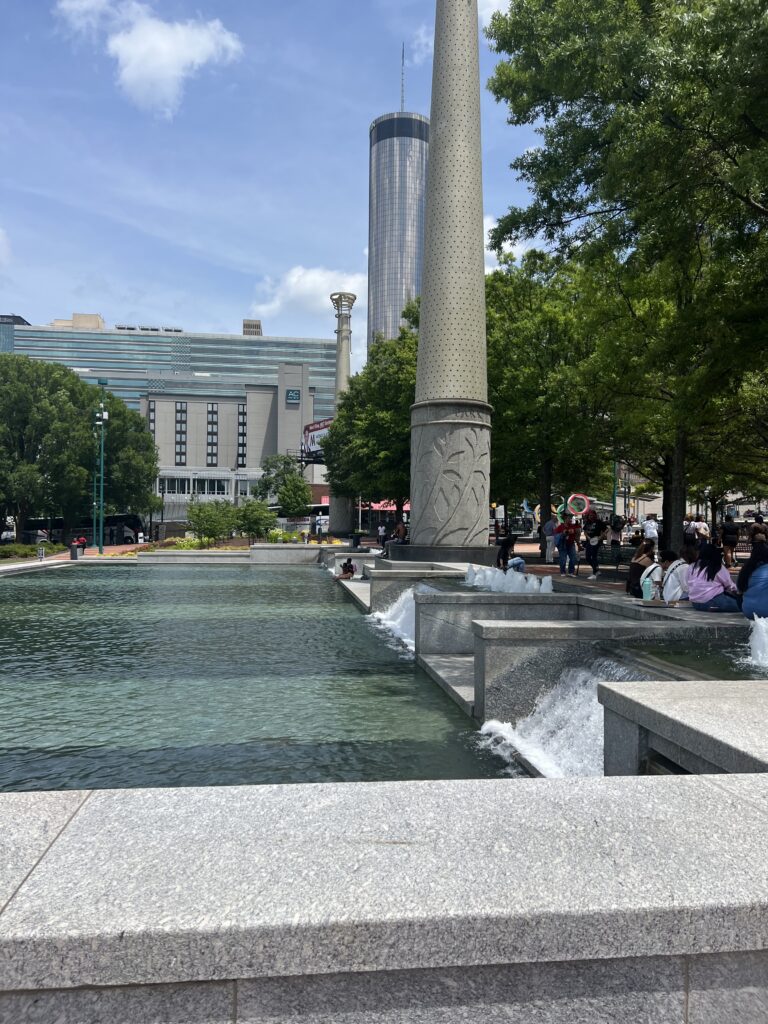
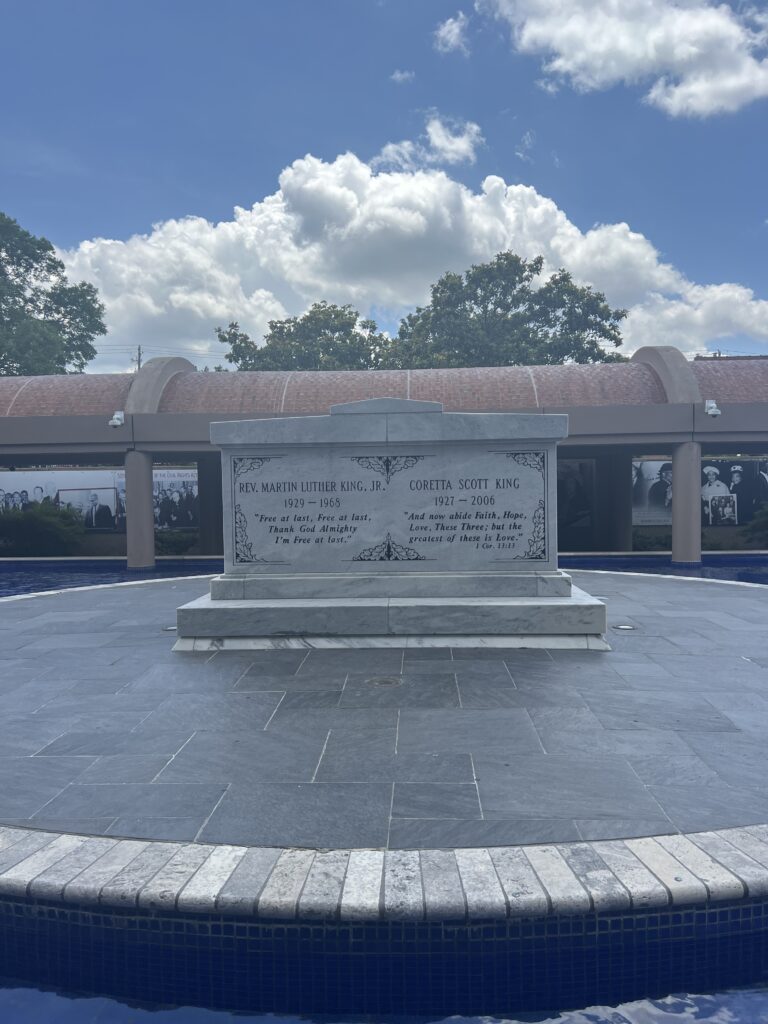
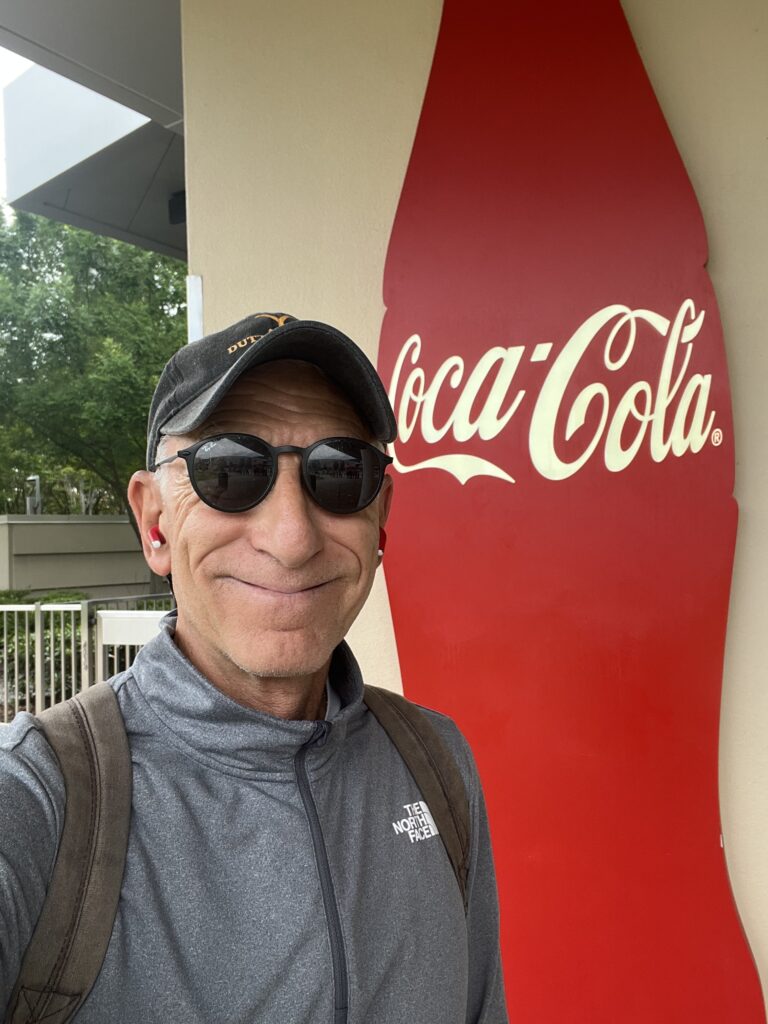
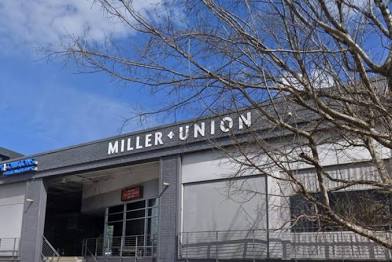
Pero un road trip no pide quedarse quieto. Así que tomé la I-75 y me dejé envolver por la ruta que va trepando suavemente hacia el norte. Apenas se cruza la frontera imaginaria entre la ciudad y las afueras, Georgia cambia de piel: campos abiertos, casitas de madera, graneros que se asoman tras colinas. El camino se vuelve más íntimo cuando las montañas empiezan a insinuarse. Son las estribaciones del Appalachian Trail, esas lomas que se encrespan y anuncian la entrada a los Smokies, el parque más visitado del país.
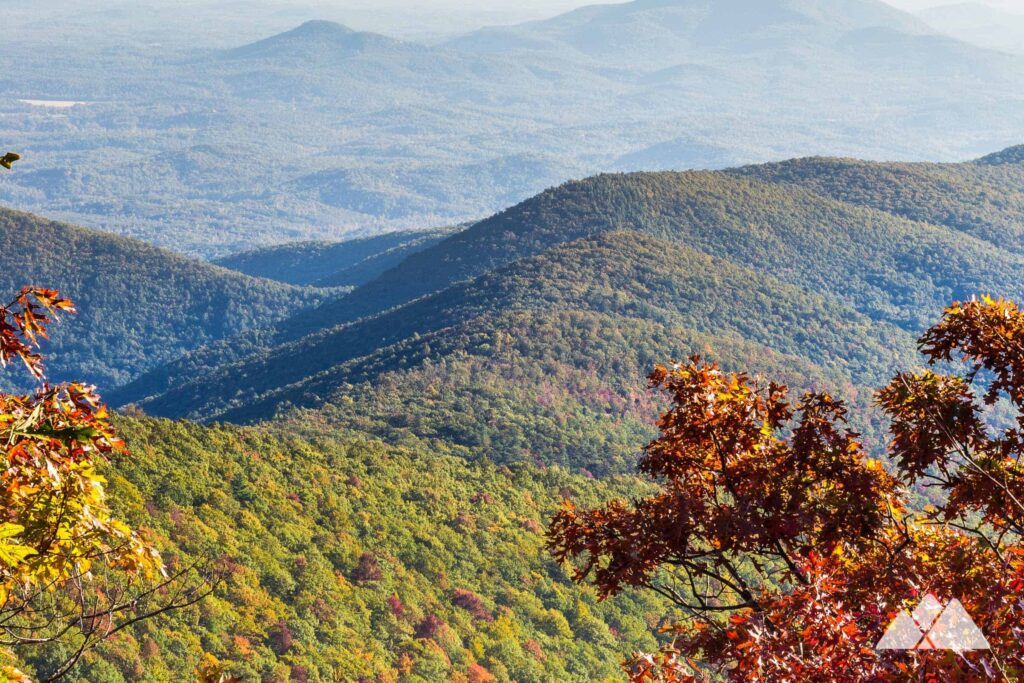
Hice noche en una cabaña perdida cerca de Blue Ridge, un pueblo de postal con cafés artesanales, galerías de artistas y un tren histórico que serpentea entre puentes de hierro. Al amanecer, salí a caminar entre senderos envueltos de niebla. Hay algo místico en estos bosques: robles centenarios, arroyos que cantan bajito, la certeza de estar parado en un rincón donde la naturaleza aún dicta sus reglas.
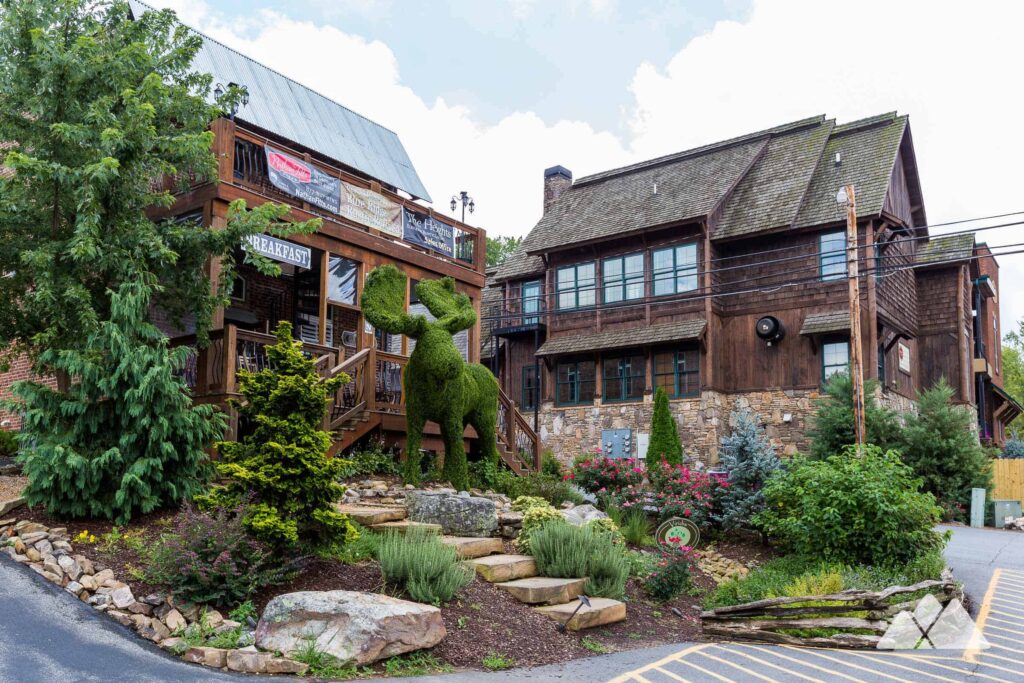
Con los pulmones llenos de aire frío, seguí la ruta hacia el norte, dejando atrás las curvas del Smoky Mountains National Park para apuntar el volante a Nashville. El camino que une Georgia con Tennessee es una invitación a bajar la ventanilla, dejar que la música country se cuele en la radio y mirar cómo las colinas se suceden como olas verdes. Es imposible no detenerse en miradores improvisados para contemplar valles que parecen salidos de una pintura.
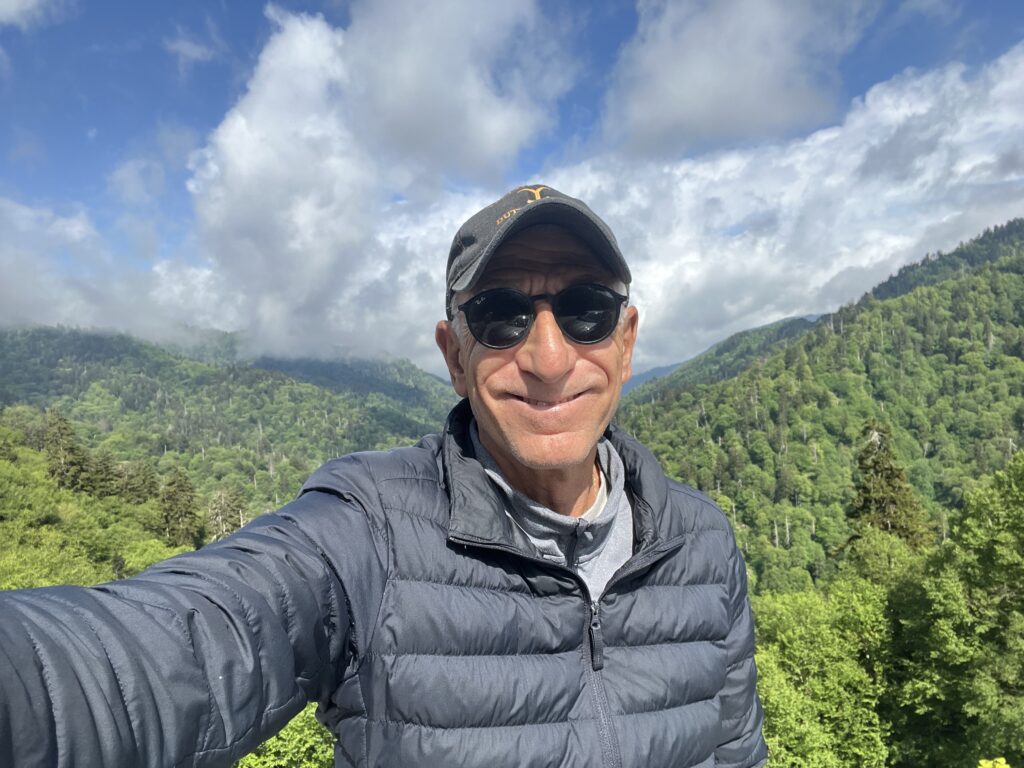
Pero antes de que la frontera de Tennessee me abrazara, hubo una parada que terminó marcando la diferencia en este viaje: Cartersville. A simple vista, un pueblo pequeño, casi una mancha en el mapa, pero que esconde el Booth Western Art Museum, un museo único en su especie, dedicado enteramente al arte y la historia del Viejo Oeste americano.
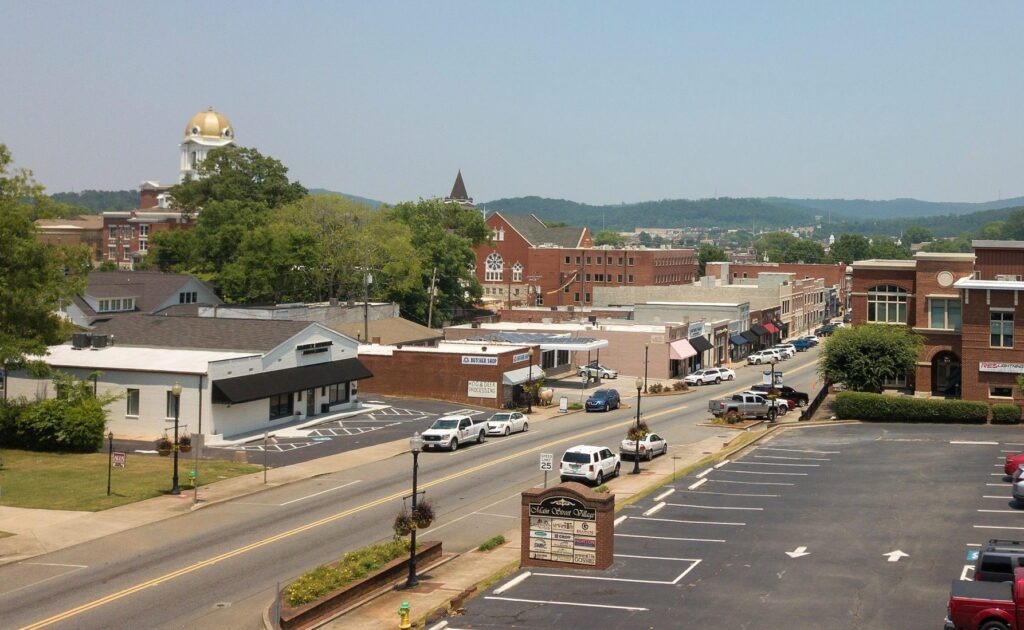
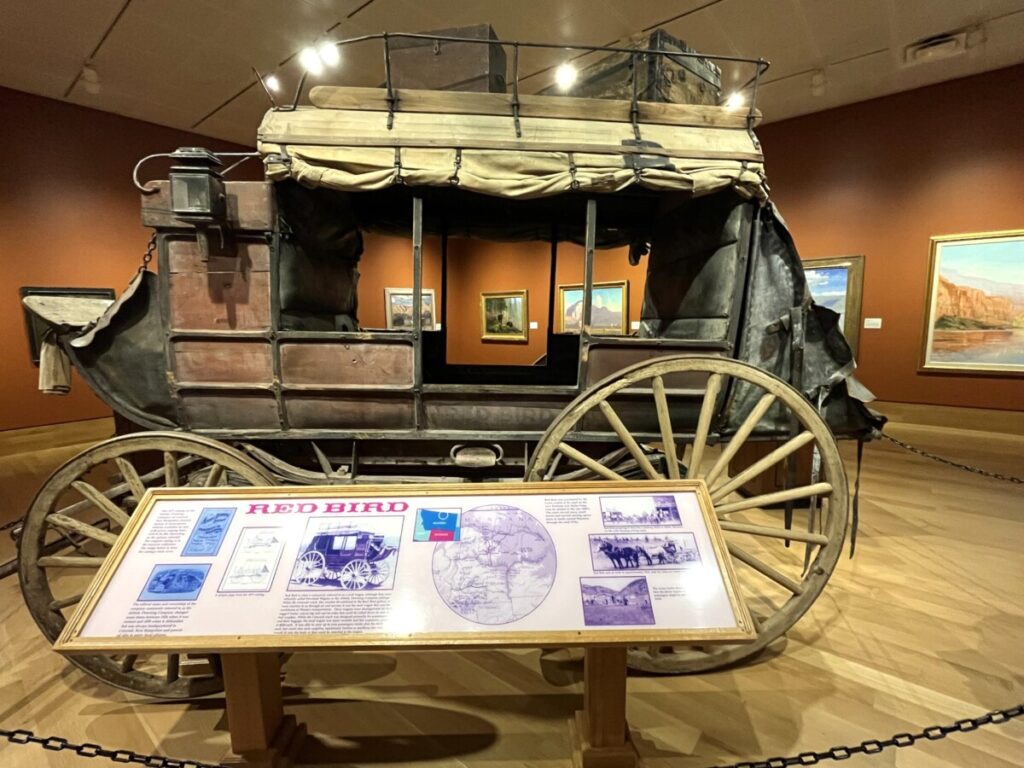
Caminar por sus salas es como atravesar el tiempo: esculturas de bronce que capturan la tensión de un cowboy cabalgando a toda velocidad, lienzos monumentales que retratan praderas infinitas y tribus nativas, fotografías y arte contemporáneo que dialogan con la historia sin dejarla fosilizada. Lo más sorprendente es que este museo —el más grande de su tipo en el este de Estados Unidos— está en el corazón de Georgia, muy lejos de Wyoming, Montana o Arizona. Y sin embargo, encaja perfecto: porque Georgia, como el Oeste, también es tierra de frontera, de pioneros y de caminos abiertos.
De Cartersville a Nashville, el camino parece fluir más ligero. El paisaje se hace rural, salpicado de campos de maíz, pueblos fantasma y estaciones de servicio donde uno compra café y charla con extraños que siempre tienen una historia para regalar. Nashville me recibió con sus neones y sus guitarras, pero esa ya es otra crónica.
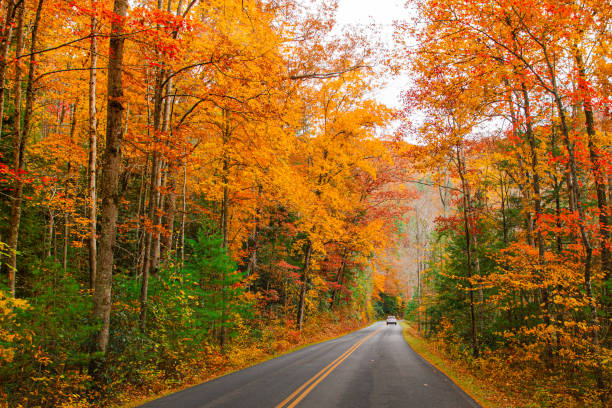
Este road trip por Georgia no tuvo itinerario estricto. Fue más bien un mapa de sensaciones: la ciudad que vibra, las montañas que susurran, el museo inesperado que atrapa y sorprende, la ruta que enseña que a veces el destino importa menos que el camino. Viajar por Georgia es descubrir que lo inesperado siempre puede aparecer a la vuelta de una curva, y que lo mejor sucede cuando uno se permite detenerse, mirar, respirar y volver a arrancar.
English version
Georgia on the Road: An Intimate Road Trip Through Cities, Mountains and a Hidden Museum
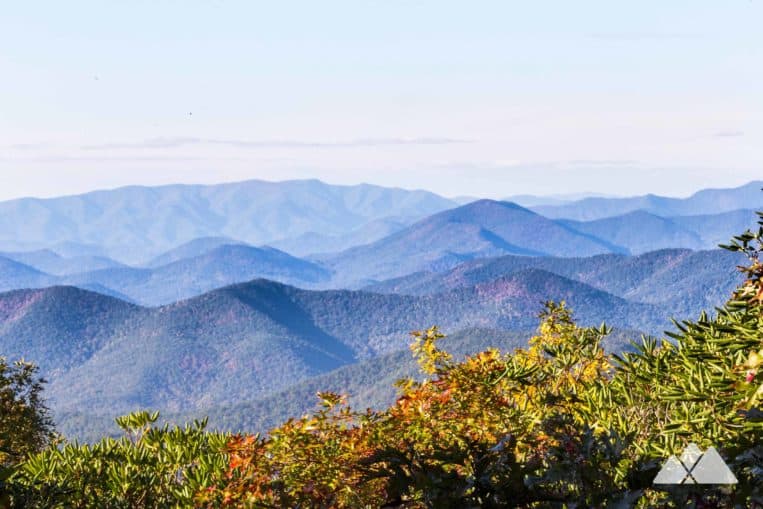
Some trips are planned with open maps and booked months in advance. Others, more intimate, draw themselves in your mind long before you turn the key in the ignition. That’s how my road trip through Georgia took shape: starting with Atlanta’s urban heartbeat, climbing north through the gentle folds of the mountains toward the Smokies, and stretching out to Nashville — with a surprising and unforgettable stop in Cartersville to explore the Booth Western Art Museum.
Atlanta greeted me with its perfect balance of Southern warmth and big-city energy. Walking through Centennial Olympic Park, you can almost hear the echoes of the 1996 Games. Downtown’s glass towers don’t intimidate — Atlanta is one of those big cities that still feels like a neighborhood at heart. Every corner whispers stories of struggle and reinvention: Martin Luther King Jr.’s legacy, the world’s largest aquarium, the Coca-Cola empire, and a food scene that never sleeps. There’s no rush here, only the quiet thrill of discovery.
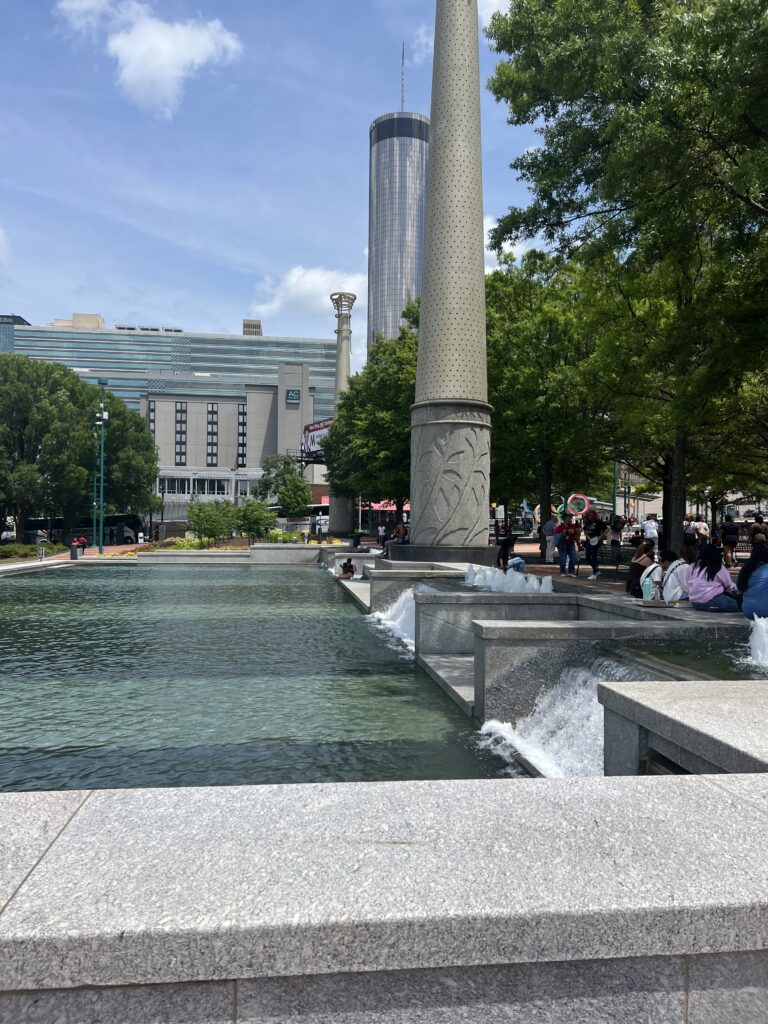
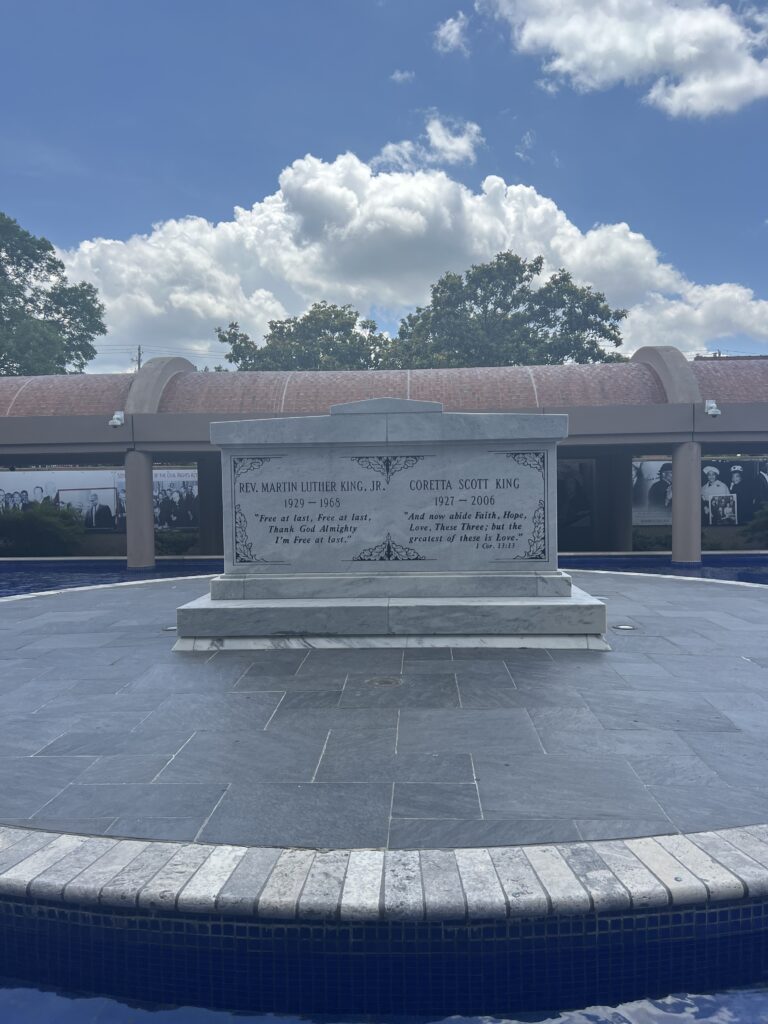
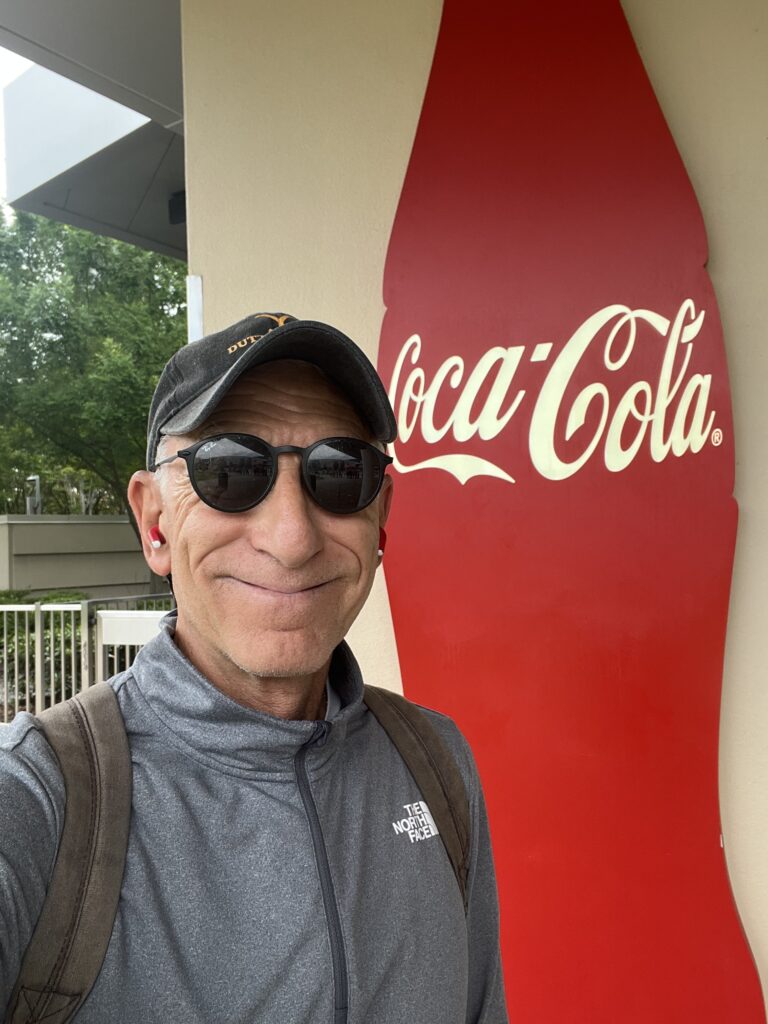
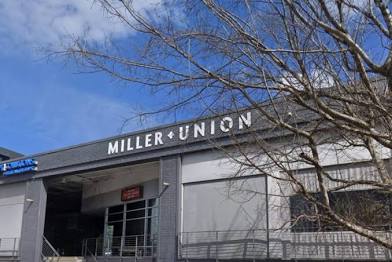
But a road trip doesn’t let you stay put for long. I took I-75 and watched the scenery soften into rolling fields and old farmhouses once I left the city’s edges behind. Georgia changes its skin fast: barns peek through tree lines, wooden porches creak under old rocking chairs, and then, far ahead, the first blue ridges of the Appalachian foothills appear like a promise. These are the gateway to the Great Smoky Mountains, America’s most-visited national park.
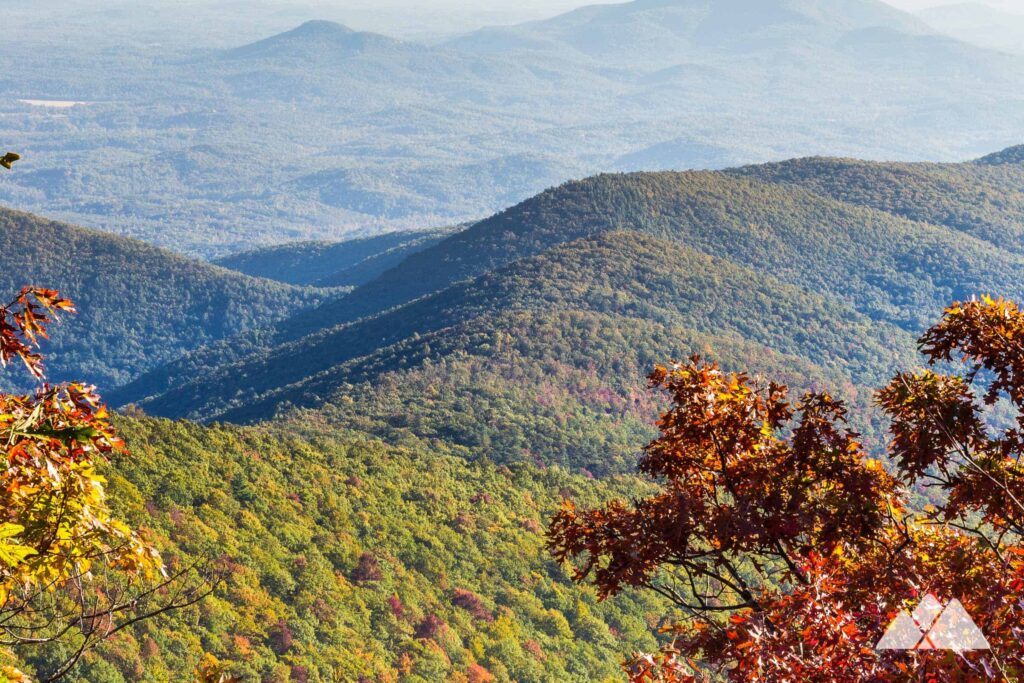
I spent a night tucked away in a cabin near Blue Ridge, a postcard town with local cafés, artists’ studios, and an old scenic railway that rattles over iron bridges and into green tunnels of trees. At dawn, I hiked foggy trails, where ancient oaks stand guard and creeks sing softly under mossy stones. There’s something almost sacred about these woods — you feel small, in the best way.
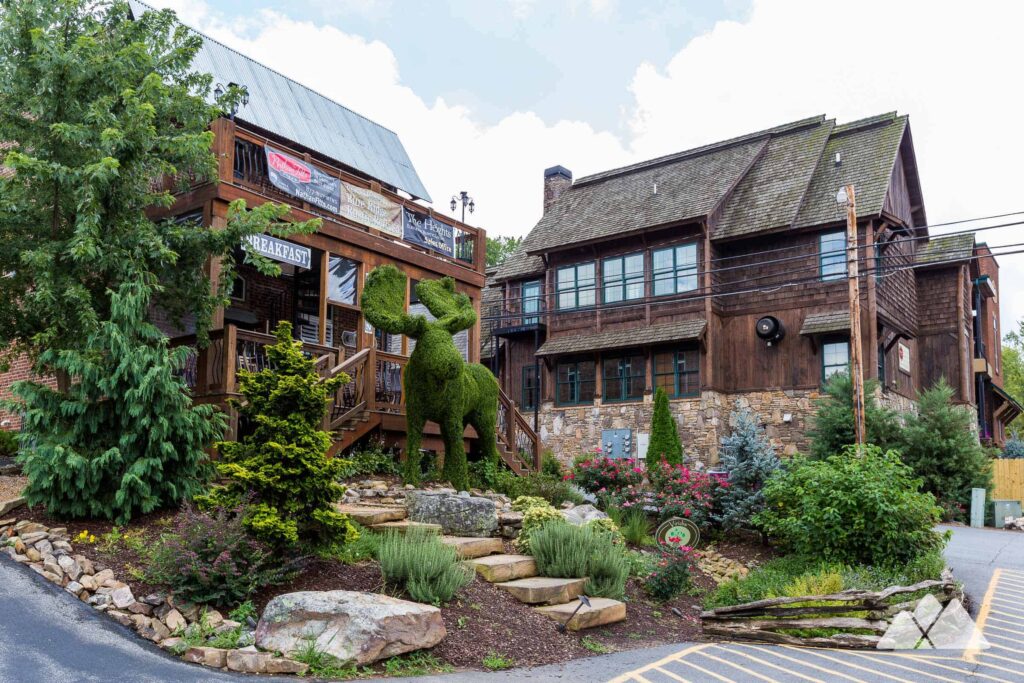
Breathing in that crisp mountain air, I pointed the car north again, winding past the Smokies and into Tennessee, my mind half on the road, half on the horizon. This stretch between Georgia and Nashville begs you to roll the windows down, let the country music flow through the speakers, and watch as the hills unfurl like green waves. It’s impossible not to pull over for quick photos or just to stand still and take it all in.
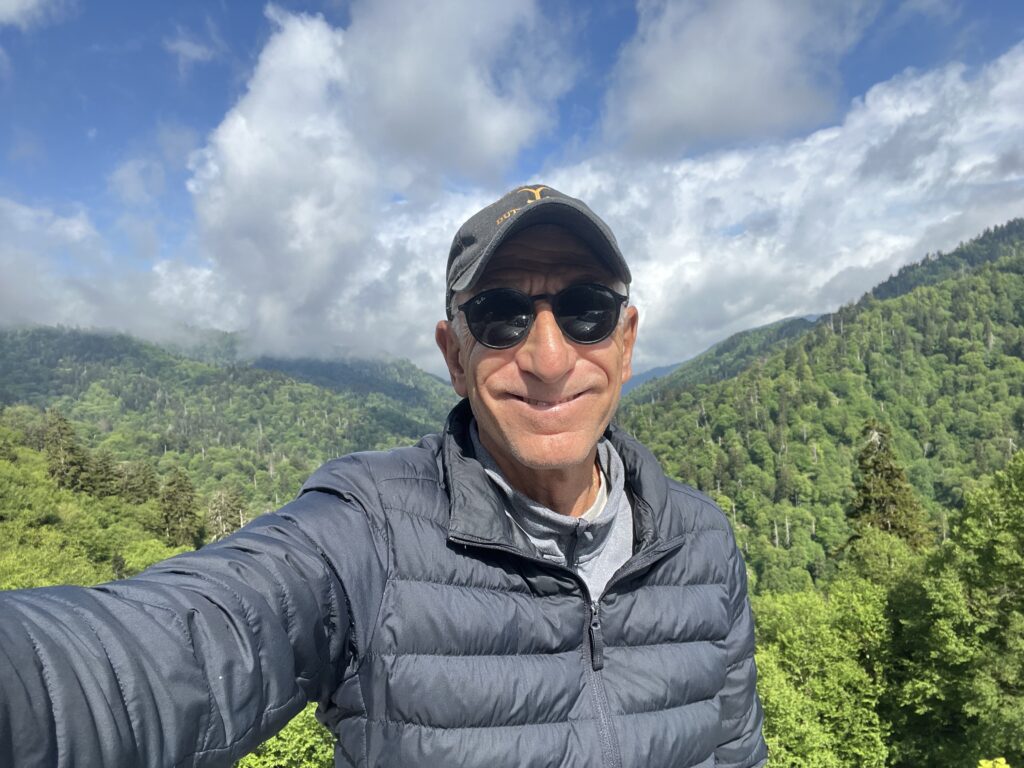
Before crossing into Tennessee, I made a stop that unexpectedly became the highlight of my trip: Cartersville. On the map, it’s a small dot — just another roadside town — but it hides one of the country’s most surprising cultural gems: the Booth Western Art Museum.
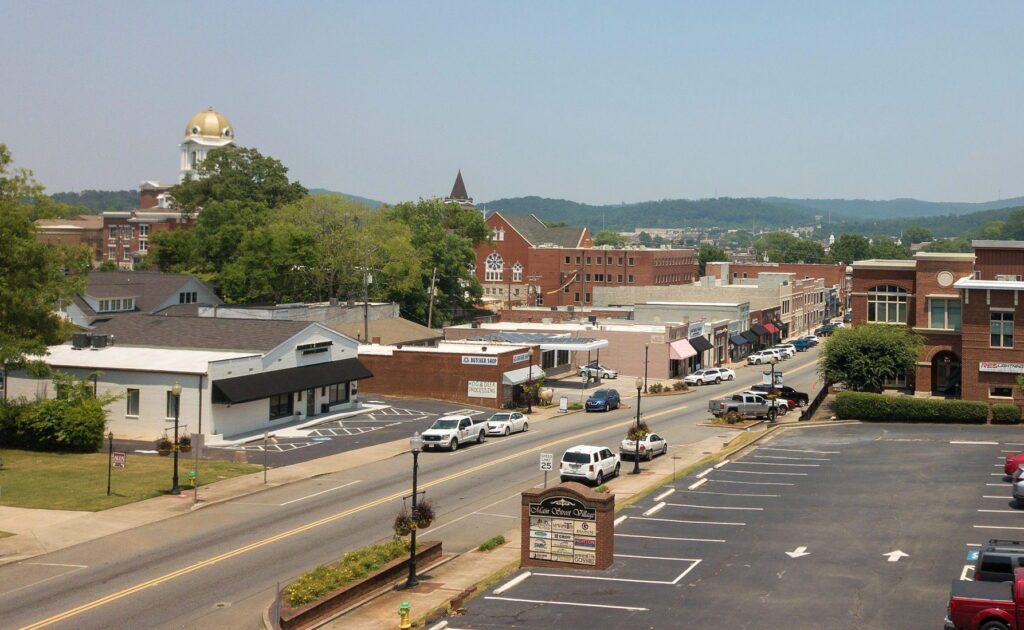
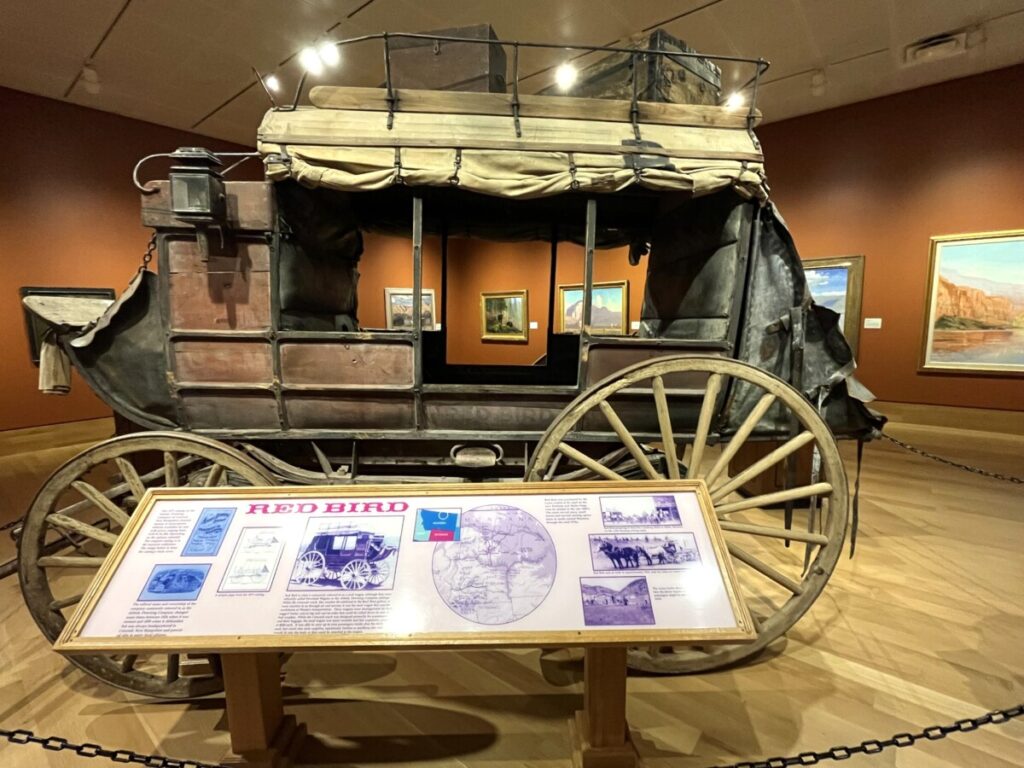
Walking into the Booth is like stepping into another time and place. Massive paintings of open prairies and wild mustangs hang next to bronzes of cowboys frozen mid-gallop. There are photographs, Native American artifacts, and contemporary Western pieces that feel alive and relevant. The Booth is the largest museum of its kind in the Eastern US — an entire world of the American West, tucked into the heart of Georgia. Somehow, it makes sense: Georgia too has always been a frontier of sorts, where the spirit of exploration still hums just beneath the surface.
From Cartersville, the road to Nashville flows easy. Cornfields stretch for miles, abandoned towns flicker by, gas stations serve hot coffee and conversation in equal measure. Nashville’s neon lights and guitar twangs were waiting, but that’s another story.
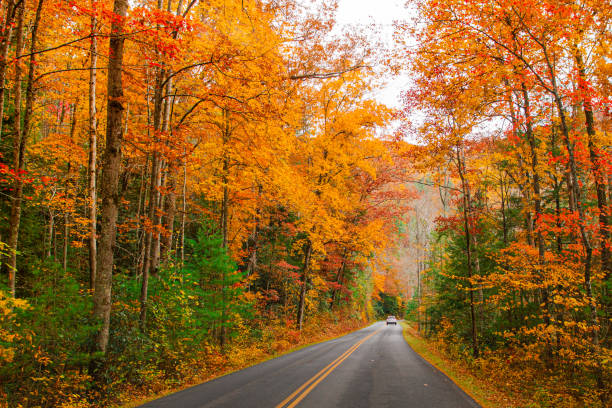
This road trip through Georgia didn’t have a rigid itinerary. It was more like a map of sensations: a city that pulses, mountains that whisper, a hidden museum that surprises and expands your sense of place, and long, winding roads that remind you that sometimes the journey is worth more than the destination. Traveling Georgia is a lesson in slowing down: the best moments live where you least expect them — usually just around the next bend.

